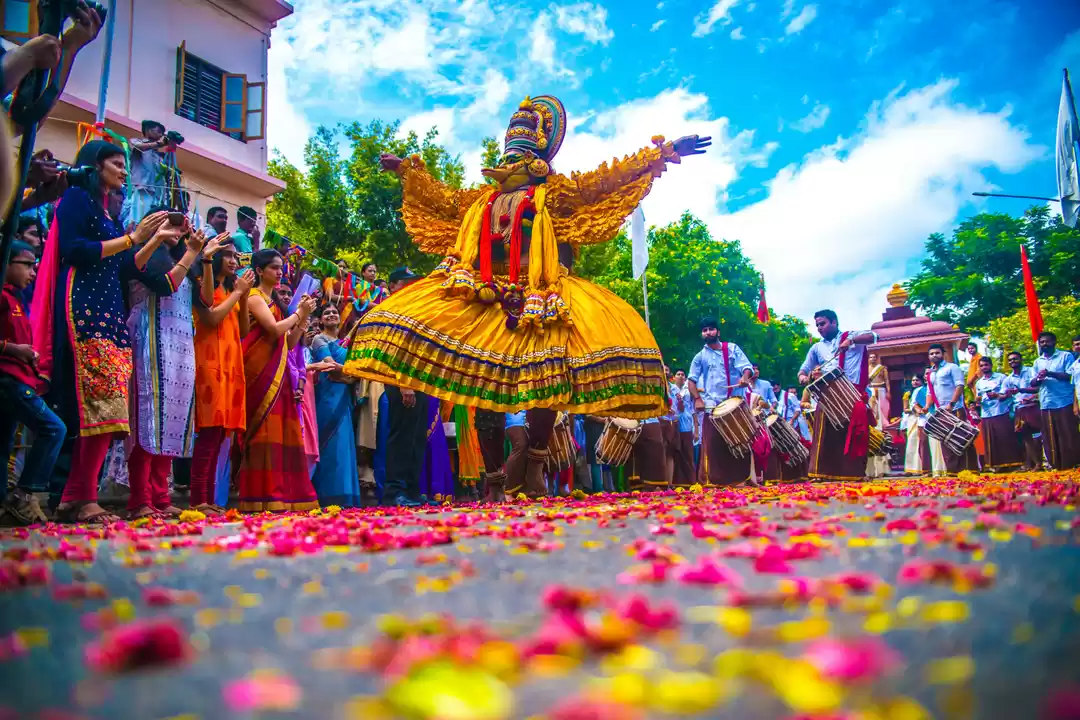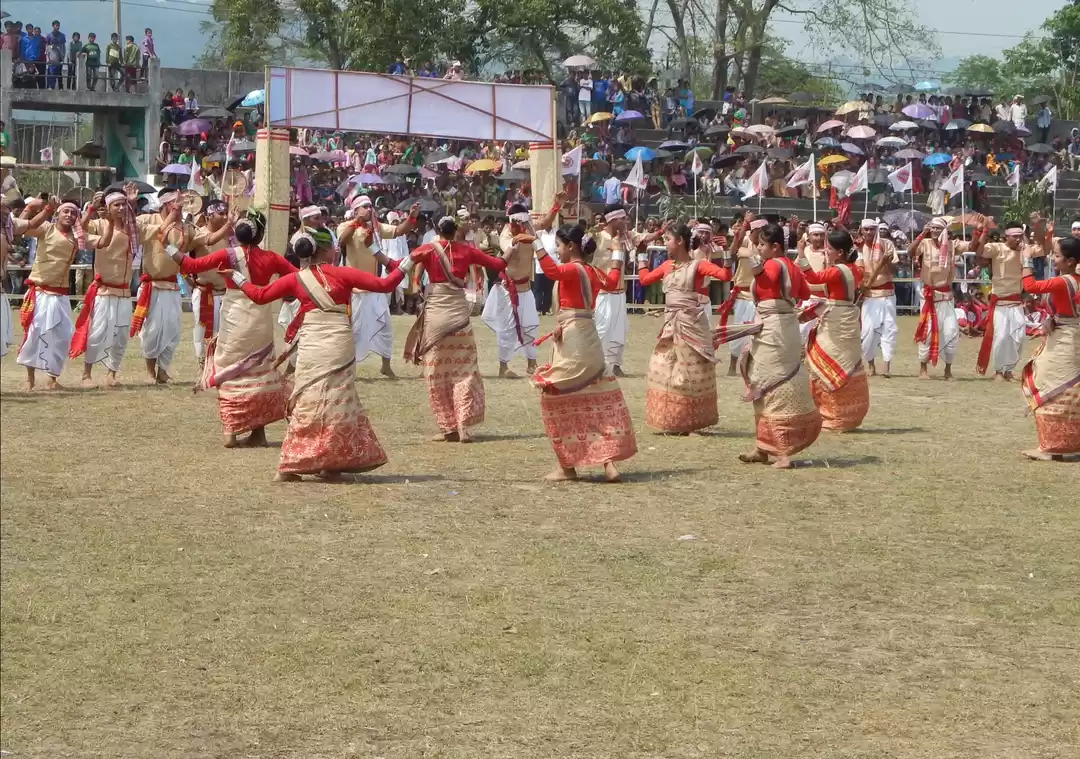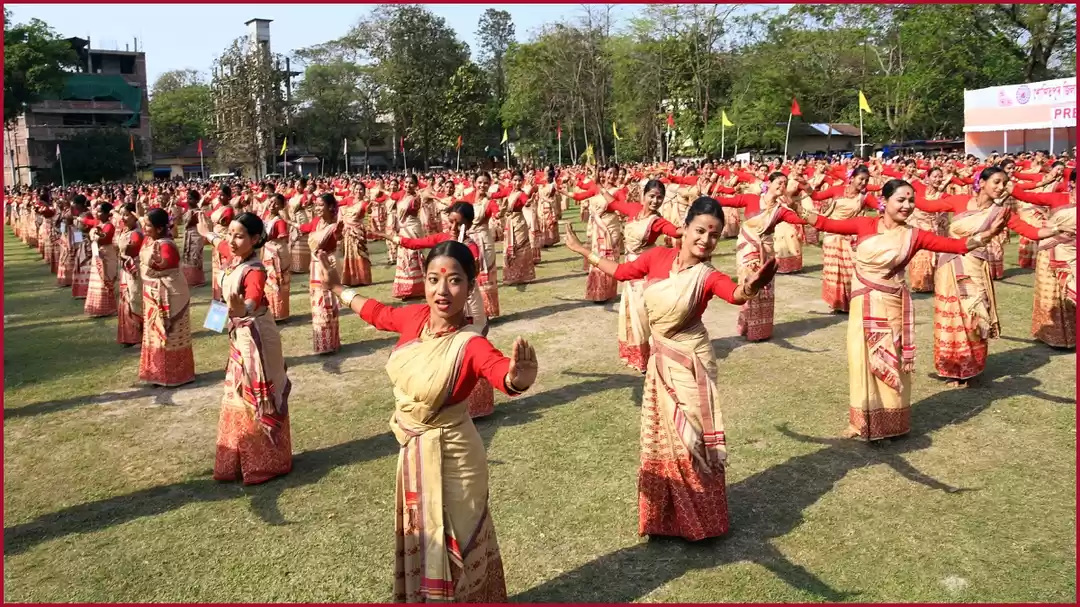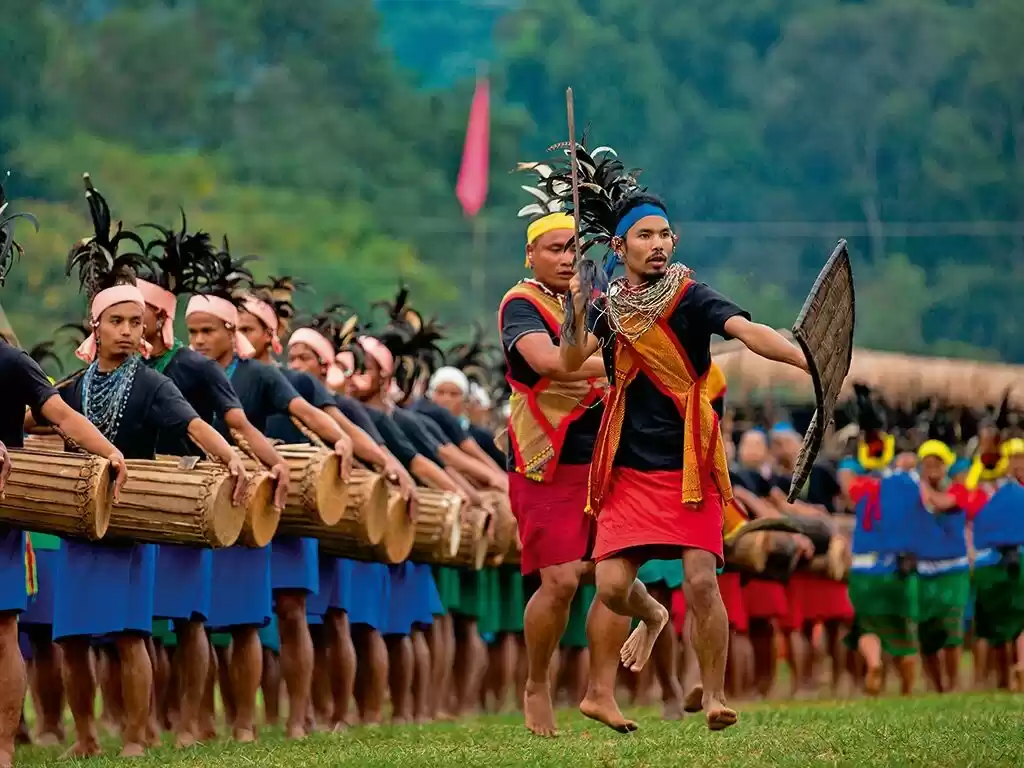You know how it's said that every 100 kms in India will take you to a new country? Well, it couldn’t be truer. With such a vast diversity in cultures, traditions, customs et. al, India is truly a mesmerising land. And when we talk about our various communities, one common thread seems to bind them all – agriculture and harvests. Being a predominantly agrarian society, most of our festivals, rituals, customs etc are linked to the harvest season.
Come April, and time for the harvesting of the Rabi crops. This first harvest also heralds the New Year for people who are native to the Eastern, Northern and Southern parts of India. Mid April (depending on the Lunar calendar) comes alive with festivities as people celebrate Baisakhi, Bihu, Vishu, Poila Boishak, Puthandu, Ugadi, Gudi Padwa with vigour and fervour. Let’s take a quick tour from North to East to South India and look at the festivities that this harvest season brings.
Baisakhi: Harvest Festival Of Punjab.

The Wheat Bowl of India celebrates the bountiful harvest during this time. Also of special significance to Sikhs worldwide, Guru Gobind Singhji, the tenth Guru of Sikhs, asked people to follow Sikhism in 1699, and formed the Khalsa community on this day. The northern states of Punjab, Haryana and parts of Delhi celebrate this day with much fervour. Bhangda and Gidda, the traditional folk performances keep people enthralled. Also, the Nihang warriors show off their gatka (martial art) skills.
Poila Boishakh: The Bengali New Year.

Across the Bangla speaking lands of West Bengal, Tripura, parts of Assam and Bangladesh, this is the first day of the first month (Boishakh / Vaishakh) of the Lunar Calendar. This is a thanksgiving for a bountiful harvest and prayers for the upcoming year. People deck up in new clothes, decorate their houses with alpona (rice paste rangoli), and organise small gatherings of families and friends. And when it’s the Bengali Bhadralok involved, how can music, song and dance be far behind?
Rongali / Bohag Bihu

The Assamese people celebrate Rongali Bihu as the Spring Harvest festival. On the day of Bohag Bihu, traditional Ahomiya food is made like Mangsho, Chira and Pitha. People wear new clothes, seek blessings from elders and enjoy the day singing, feasting and dancing. The most associated imagery with Rongali Bihu is that of women beautifully decked in the Mekhla, performing the Bihu dance.
Sajibu Nongma Pānba

The Meitei people of Manipur celebrate this day as the New Year. The festival is celebrated with family gatherings, sumptuous feasts and ritual offerings to the deities in the early morning and late morning period of the day. These are all deities of the land who are thanked for the harvest and prayed to for a bountiful upcoming harvest season.
Puthandu: Tamil New Year

Tamil New Year is celebrated in Tamilnadu and Tamil dominated Malaysia and Mauritius as well. Puthandu marks the first day of the first month (Chithirai). For the celebrations, on the night before the auspicious day, a tray full of fruit, betel leaves, gold and silver jewellery, money and flowers are put together in the prayer room for the Lord to view as the first thing. It is believed that the first view of these auspicious things brings happiness and prosperity for the rest of the year.
Vishu: Malayalam New Year.

The most important ritual on Vishu is the Vishukkani, with is a ceremonial arrangement of rice, fruits, vegetables, betel leaves, areca nut, metal mirror, yellow flowers, and coins. The items are arranged a night before Vishu, in the family prayer room and is the first sight of Lord Vishnu on Vishu. The other traditions of Vishu are buying of new clothes for the occasion (called Puthukodi), giving money which is the first gift of the year (called Vishukkaineetam) and the magnificent Kerala Sadya (the traditional Malayali feast)
Ugadi: Telugu and Kannada New Year

Literally derived from the Sanskrit term “Yug Aadi”, beginning of a new era, this is the first day of the month of Chaitra. The day is observed by drawing colourful patterns on the floor called Muggulu, mango leaf decorations on doors called torana, buying and giving gifts such as new clothes, giving charity to the poor, , preparing and sharing a special food called pachadi (which is a mix of sweet, sour, salty, bitter and pungent), and visiting temples.
Gudi Padwa: The Marathi and Konkani New Year

Gudhi Padva signifies the arrival of spring and to the reaping of Rabi crops. The signature sight during Gudhi Padva is Gudhi arrangement. It is a bright colourful silk cloth tied at the top of a long bamboo. On it is tied sprigs of neem and mango leaves, along with a garland of flowers. This arrangement is capped with a silver, bronze or copper pot (kalash) signifying victory or achievement. The home deities are offered neem leaves and sugar, after which everyone consumes neem leaves followed by a sweet.
Our traditions and customs though it may seem archaic to the newer generations, have a significance, and it is as deep routed as the origins of our society. Clearly India’s agrarian society traditions are still followed, albeit with a dash of modernity, and this isn’t changing anytime soon!



























